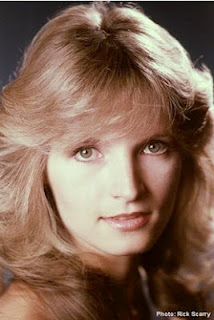
AFVN Detachment 3
Bruce volunteered for an electronics MOS and was trained as a missile guidance system repairman, but shortly thereafter he was selected for OCS, and received his commission at Fort Benning in April 1969. His first assignment was as Executive Officer in a Basic Training Company at Fort Jackson, South Carolina, and this was followed 8 months later by an assignment to Vietnam. For the next four months he served as Battalion Training Advisor at the Army of the Republic of Vietnam Infantry Officer Candidate School in Thu Duc. This ended in April 1970 when he was promoted to First Lieutenant and reassigned to AFVN as Commander of Detachment 3 in Pleiku.
This was right up Bruce's alley. It was like Br'er Rabbit in the briar patch. Since childhood, a career in radio was all he ever wanted. Although only 21 years old, he had an FCC license by virtue of several years' experience in commercial and college radio. His first assignment at Pleiku, however, was a tough one. The station used worn and outdated equipment, and his job was to improve the maintenance and update the facilities.
Through intricate negotiations, including official requisitioning and unofficial scrounging, Bruce built a TV studio with two state-of-the-art cameras, also he remodeled the radio studio and built a second fully-equipped radio studio, replaced the TV transmitter, built a shed over the equipment van, improved the barracks, and repainted the building with a colorful floral design, and . . . he waxed the floors.
Returning to the civilian side of life in 1971, Bruce knew he wanted to stay in radio, so he hunted a job in the Washington, DC area where he had grown up. There was a new radio network, of sorts, still in the developmental stage, and he thought it had potential. He applied for a job, and soon became one of the very first employees of National Public Radio. He worked in engineering, and was a part of the first production of "All Things Considered" on 3 May 1971.
In 2008 Bruce was elected mayor of Chesapeake Beach.
While Bruce continues his NPR job, wife Becky manages a local housing complex. The Wahl's have two daughters and two sons, and the Mayor is proud of his four grandchildren.
AFVN Bruce Wahl 1970It appears to have been recorded from midnight - 1am on Sunday 16th August, 1970. Bruce gives the time, and the date can be established from the Whitehall, Columbus OH bombing story in the news.




























